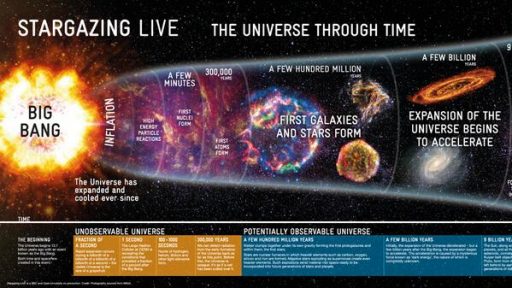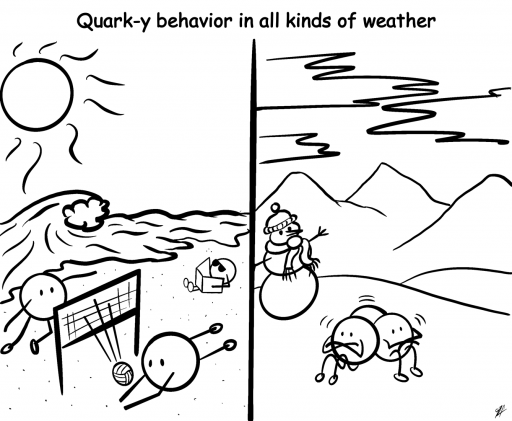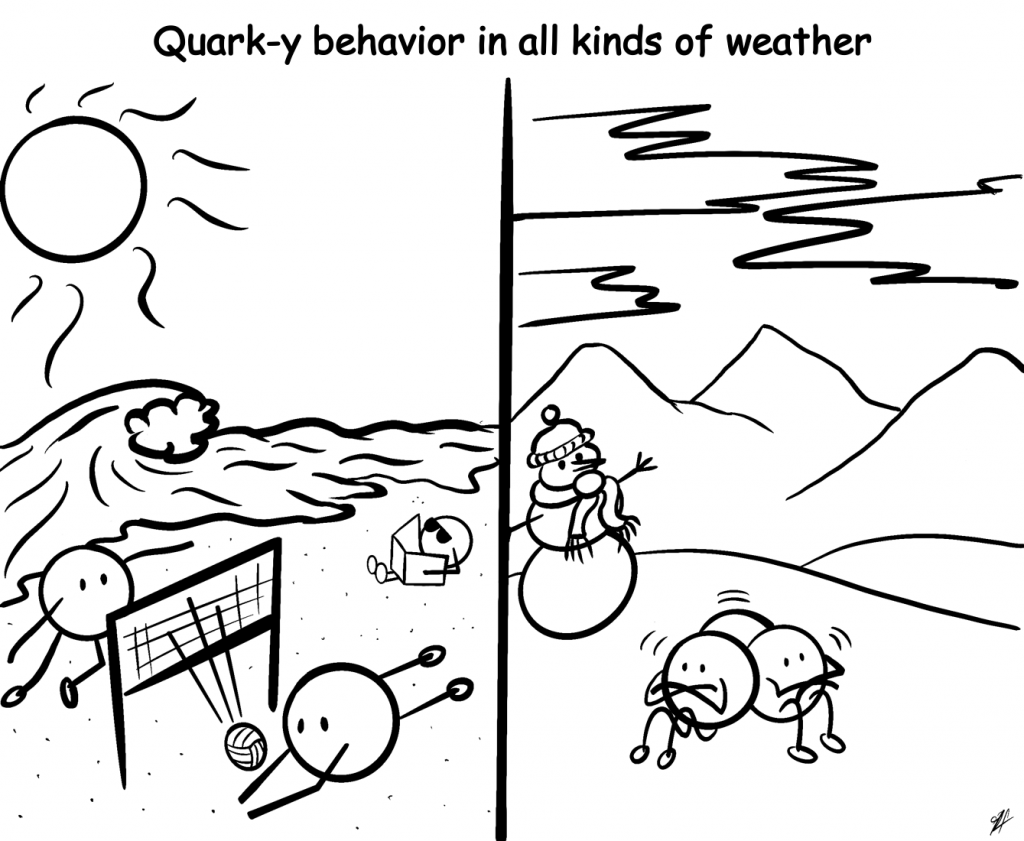The goal of particle physics is to categorize and mathematically describe the properties and interactions of particles. It turns out that there exist more particles than one might assume, and the story gets more complicated the further back you look in the universe’s history.
Shortly after the universe began, what physicists call the Big Bang, the Universe looked very different. All kinds of exotic particles existed in a hot, dense mess. Particles would constantly collide and interact to create new particles thanks to that familiar equation, E = mc2, which allows energy to be converted into matter. As the Universe expanded, this hot, dense mess “cooled,” meaning these interactions became less frequent and even changed their nature.

Today, particle physicists are trying to wind back the clock to study the nature of these interactions. Experimental particle physicists do this by trying to recreate the hot, dense conditions of the early universe in particle colliders like the Large Hadron Collider in Geneva, Switzerland. Theoretical particle physicists take a different approach: given what is currently known, they try to build mathematical models that explain current observations. They try to do this in the most general way possible, with very few assumptions. This way, future experiments can easily test the full range of possibilities. But sometimes we may not realize the assumptions that we have made. In work published early last year, UCI Professor Tim Tait and UC President’s postdoctoral fellow Seyda Ipek found one such unverified assumption.
Quantum Chromodynamics, QCD for short, is the theory which describes the particles that, among other things, make up the familiar protons and neutrons in atoms. These particles are called quarks, and they communicate with each other via messenger particles called gluons. Quarks are very unusual particles because, as it turns out, they really don’t like being alone.
In fact, except in extreme conditions like those found in the early universe, you cannot observe a solitary quark. Instead, you find them confined into other particles. They can group in pairs or create a party of three. An example of the latter is the familiar proton which is made up of three quarks. More generally these types of composite particles are called baryons. When the early universe transitioned from its extremely hot and dense state to a lower temperature, less dense state, the quarks began to confine into these groups.

We know that quarks must confine, but we actually do not know exactly how they confine. In particular, particle theorists have long assumed that there is a single fixed temperature below which quarks are confined and above which they behave as individual particles. This assumption has led to theories that generally agree with experiments, so no one has questioned it until now.
Professor Tait and Dr. Ipek challenged this assumption and asked a novel question: “what would happen if this crossover temperature varied in the early universe?” Varying this temperature shifts properties of quarks and their interactions with gluons. However, varying this temperature is allowed as long as these properties return to the ones we have experimentally measured when the temperature drops low enough. With this seemingly simple modification they have found that they can answer some important, unanswered questions in physics, such as why we are all made out of matter and not anti-matter.
Follow-up work by Professor Tait, Dr. Ipek, UCI graduate student Jessica N. Howard, and TRIUMF’s postdoctoral student Djuna Croon investigated the predictions of a general form of this model. In this work, submitted for publication in November 2019, they tested some representative benchmark scenarios of the theory. This new theory predicts a new low-mass particle that they found would have evaded detection to date but may be reached in future particle collider experiments. Additionally, this work predicts signatures that could be detectable by planned, space-based gravitational wave experiments.
To learn more about this exciting work, check out the most recent paper, found here, and the original paper, found here.
Post by Jessica N. Howard, graduate student working on her PhD in Particle Physics at UCI.
